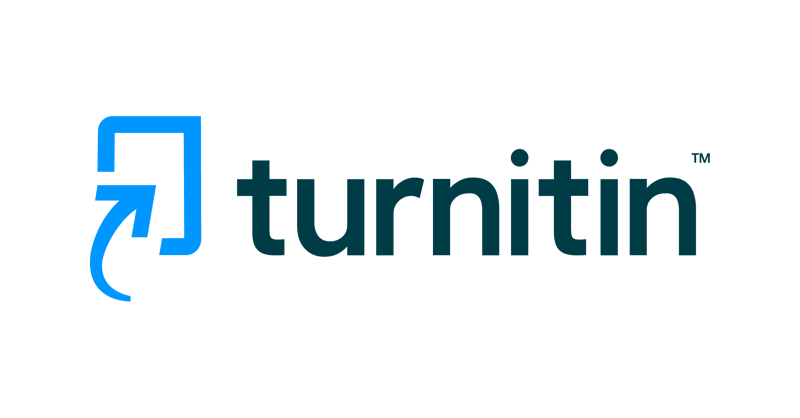Computational Thinking Skills in Understanding The Limit of Algebraic Functions
DOI:
https://doi.org/10.31943/mathline.v9i2.549Keywords:
Computational Thinking, Limit Function, AlgebraAbstract
The purpose of this study was to determine the evaluation of computational thinking ability in understanding the limits of algebraic functions for students majoring in Tadris mathematics at Lhokseumawe State Islamic Institute. The research subjects were 1st semester students, totaling 6 students. Data collection techniques in this study used computational thinking ability tests and interviews, and then the data were analyzed based on computational thinking indicators, namely decomposition, pattern recognition, algorithm thinking, generalization, and abstraction. The results obtained from high computational thinking ability indicators that can be completed perfectly are decomposition, pattern recognition, algorithm thinking, and generalization/abtraction. With moderate computational thinking ability, students have been able to solve problems perfectly for indicators of decomposition and pattern recognition, but for indicators of thinking algorithms and generalizations or abstractions, they are still less precise. Low computational thinking ability has been able to measure decomposition indicators, but for pattern recognition indicators, thinking algorithms are still less precise in solving, while generalization and abstraction indicators do not answer.
Downloads
Downloads
Published
How to Cite
Issue
Section
License
Copyright (c) 2024 Lisa Lisa, Hasratuddin Hasratuddin, Bornok Sinaga, E. Elvis Napitupulu, Asmin Panjaitan

This work is licensed under a Creative Commons Attribution-ShareAlike 4.0 International License.














